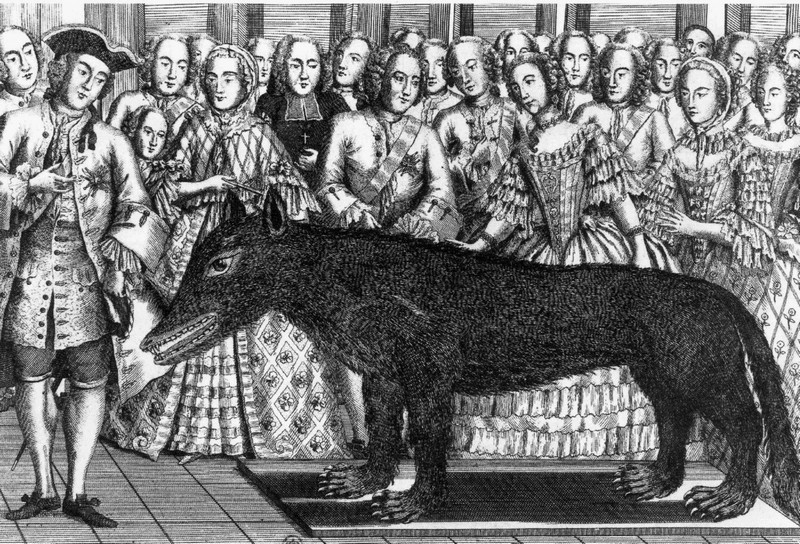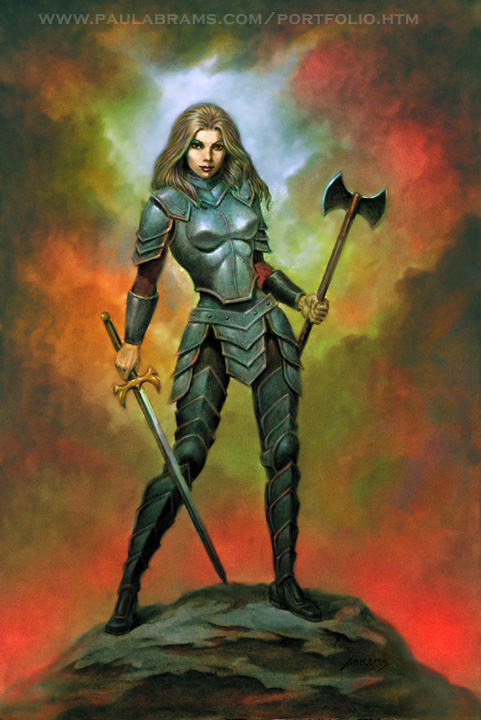On our first day of Medieval Literature we each spoke about certain ideas or concepts in which we associate with the Middle Ages. Power, struggle, oppression, violence, castles, feasts, and intrigue. Well, we were not far off in the accuracy of our associations. In support of this, I will tell you an interesting story about a true event from Scotland's history.
The year is 1440, a 10 year old King James II sits on the throne in Edinburgh Castle ruling over all of Scotland. After the brutal murder of his father, King James I, the boy King was forced into this highest of all positions despite his being completely unprepared to rule a country. Therefore, James II listens to the counsel of his two trusted advisors, William Crichton and Sir Alexander Livingston.
Outside the castle walls, civil strife is running rampant. Clans are fighting other clans and power has become everyone's primary motivator. War is life and life is war.
One such clan is the Clan Douglas. The Clan Douglas is arguably the greatest fighting force among the Scottish clans during this time. They are known for being ambitious and for taking every opportunity to gain power and move up in society. Staying true to character, the Earl of Douglas has decided that he would like James II's throne for himself.
Remember those two trusted advisors? Well, they find out about the plot to dethrone James II. Crichton and Livingston realize that their army is weak and ineffective, if the Douglas Clan were to attack then Edinburgh would certainly fall. The two devise their own plan to deal with the Earl of Douglas.
In November of 1440, the Earl of Douglas who was 16 years old at the time and his younger brother were invited to a formal banquet held in the great hall of Edinburgh Castle. Here they eat course after delicious course, drink after strong drink, spirits are high, and the energy is buzzing. Until silence fills the great hall, and the final course is placed in front of the Earl. The Earl of Douglas is sitting face to face with the severed head of a large black bull (an accusation of treachery and treason).
The signal was given and the Douglas boys were dragged out into the courtyard, given a mock trial, and beheaded. This brutal event, known as The Black Dinner, sent shockwaves throughout Scotland and the rest of Western Europe. How far humanity strays when the hunger for power outweighs the hunger for goodness and justice.
Does The Black Dinner sound familiar to you? It should if you follow the book series, A Song of Ice and Fire or the TV series, The Game of Thrones. Author, George R. R. Martin, was inspired by The Black Dinner and The Glencoe Massacre when he penned the plot of The Red Wedding.
"No matter how much I make up, there's stuff in history, that's just as bad or worse." G. R. R. Martin
Photo and information: Stewartsociety.org
Further Reading: Brown, M. (2000). Vile times: Walter Bower's last book and the minority of James II.
Scottish Historical Review, 79, 165.




















